Ancient Warfare is a unique publication focused exclusively on soldiers, battles, and tactics, all before 600 AD. Starting with ancient Egypt and Persia and continuing to the fall of the Western Roman Empire, Ancient Warfare examines the military history of cultures throughout Europe, the Middle East and parts of Asia and Africa. Ancient Greece and Rome receive the most frequent coverage, due both to the wealth of contemporary sources and the modern fascination with these two great civilizations. Subject-matter ranges from the familiar to the more obscure: while Alexander the Great, the Persian Wars and Caesar’s Gallic campaigns all receive regular coverage, Ancient Warfare also looks at some of the less common parts of ancient military history, from chariots as battle taxis to PTSD in antiquity.
Ancient Warfare Magazine
PRELIMINARIES • NEWS ITEMS BY LINDSAY POWELL
EDITORIAL – Mysterious forts
CARTHAGE’S OTHER WARS
WARLORDS AND WARBANDS • In 1977, Italian archaeologists conducted a rescue excavation in an Italic necropolis established by the Umbri in the middle of the sixth century BC and used for about 150 years. The 77 tombs were organized into rough circles, an arrangement that distinguished the burial places of individual families or gentes (clans).
RIDING INTO ETERNITY • In 1824, a tombstone was discovered around 1.2 km outside the Roman fort at Glevum (Gloucester). It belonged to a trooper named Rufus Sita and had a short biographical inscription below a large relief depicting the deceased in battle – a fairly rare but fascinating type of Roman funerary monument.
PIKE THROUGH TIME • There is a long-running debate among historians about how hoplites, the heavy infantry of classical Greece, actually fought. In the early years of the twentieth century the idea arose that hoplites, rather than (or perhaps as well as) fighting with swords and spears in the manner long assumed, formed into a solid mass and shoved each other, in an attempt to force the enemy formation off the field of battle, in the fashion of a giant rugby union scrum or scrimmage line in American football. Early proponents of this idea specifically used rugby as their inspiration and analogy, so it seems reasonable to call this the ‘scrum theory’ of hoplite combat, though this sort of mass pushing is usually known today by the Greek word othismos, ‘pushing’ – a term that was occasionally used by ancient historians to refer to close-quarters combat involving hoplites and others, along with (more often) the verb otheo, ‘to push’, and similar related words.
CONSTRUCTING DEFENCE • The so-called Roman forts of the Saxon Shore collectively were one of the largest Roman building projects in Britain. Considered in combination with defensive structures on the other side of the English Channel, the project looks even more grandiose. The forts raise more questions than they provide answers, however. Who exactly built them, and when? Why were they built? And why are they each so different?
CARDIFF CASTLE • Cardiff Castle is not usually associated with the Saxon Shore, and with some justification. For one thing, the fort is not mentioned in the Notitia Dignitatum, the document from which the command takes its name, while its location on the South Wales coast is quite separate. There are many other similarities, however. The fort at Cardiff is contemporary with the Saxon Shore on Britain’s south and east coasts, and its defensive architecture and landscape setting are identical, while the character of its occupation also seems comparable.
ÆLLE THE KING’S MEN • Three brief entries in the Anglo-Saxon Chronicle tell of the invasion of Britain in AD 477 by the Saxon chieftain Ælle and his three sons. These Saxons carved out a domain for themselves, and their conquest culminated in the foundation of the kingdom of Sussex. The climactic battle...
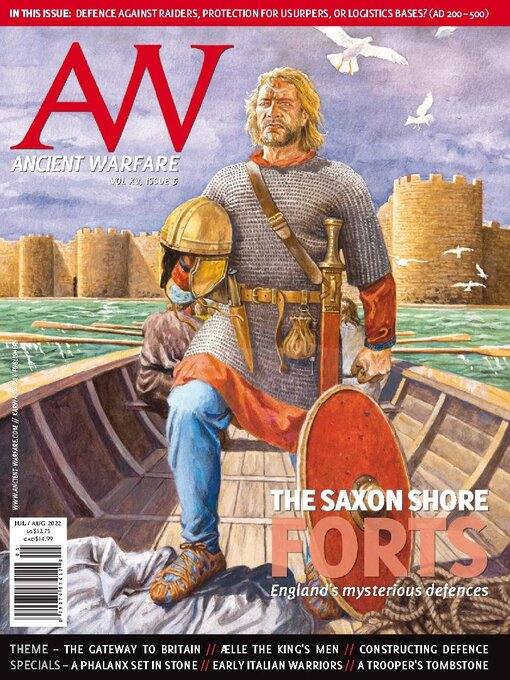
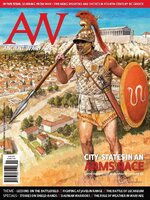 AW XVIII.1
AW XVIII.1
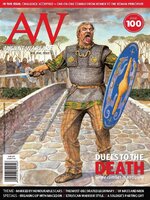 AW XVII.6
AW XVII.6
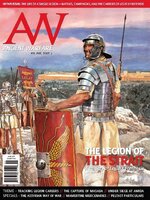 AW XVII.5
AW XVII.5
 AW XVII.4
AW XVII.4
 AW XVII.3
AW XVII.3
 AW XVII.2
AW XVII.2
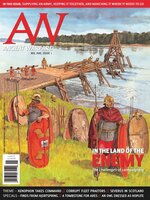 AW XVII.1
AW XVII.1
 AW XVI.6
AW XVI.6
 AW XVI.5
AW XVI.5
 AW XVI.4
AW XVI.4
 AW XVI.3
AW XVI.3
 AW XVI.2
AW XVI.2
 AW XVI.1
AW XVI.1
 AW XV.6
AW XV.6
 AW XV.5
AW XV.5
 AW XV.4
AW XV.4